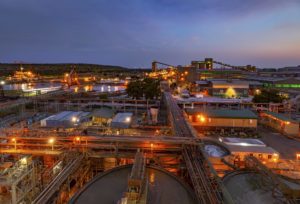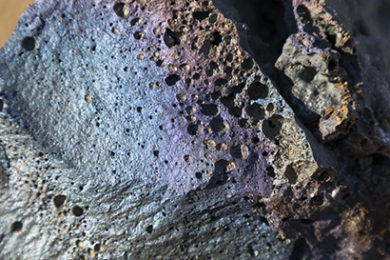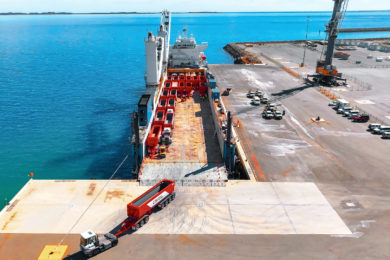Anglo American says it is in the process of achieving a world first in the industry by taking microwave technology underground to pre-condition rock. The technology works by creating fractures along natural grain boundaries – the interface between minerals – within the rock face. The process significantly reduces the energy needed to weaken or break down the natural rock face at the earliest stage, before it is mechanically crushed and milled. Using microwave technology in this way, also allows more of the ore to be recovered because of the smaller particles generated, making it easier to process and adding value as a result.

A newly announced project at Amandelbult platinum mine in South Africa it says will deliver immediate and valuable data regarding the actual impact of microwave pre-conditioning insitu and represents another important step forward in Anglo American’s FutureSmart MiningTM programme. Its greatest value is expected to be realised when it is combined with technologies like Hard Rock Cutting, Coarse Particle Recovery (CPR) and Hydraulic Dry Stacking.
Microwave treatment of ores containing metal has long been investigated as a means to enhance recovery and reduce energy required for liberation and comminution, by ‘softening’ minerals. When the ore is exposed to microwaves, the different minerals in the rock have different heat signatures, expanding and cooling at different rates and causing micro-fractures. These cracks, which happen along mineral boundaries, mean it is much less energy intensive to liberate and then crush and mill the rock.
It also has potential downstream in comminution. During the recent Technical and Innovation Update presented by Anglo American on May 11, Donovan Waller, Group Head of Technical Development, also stated: “Microwave is a really interesting new technology that I do not think you would have heard too much of before. Some minerals respond well to microwaves which pass seamlessly through the waste. This differential heating causes stresses and microfractures in the rock, causing the rocks to soften and hence they melt quicker, resulting in an increased throughput. In addition, they tend to break along the ore grain boundaries meaning that liberation becomes easier. We are currently looking at rolling out a unit on the Los Bronces pebble circuit. The technology is applicable across PGMs as well as copper.”
In addition to rockface deployment at Amandelbult and pebble circuit potential at Los Bronces, the company is also looking at potential rollouts at Mogalakwena, Collahuasi and Quellaveco. It referred to a further implementation CAPEX spend of $400-700 million.










